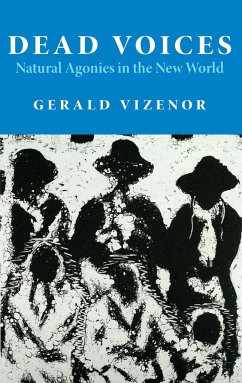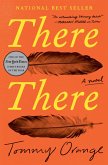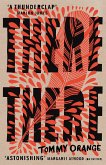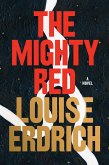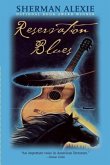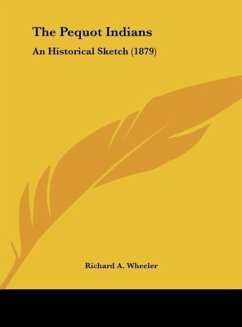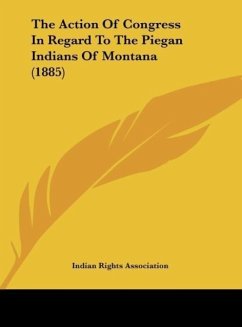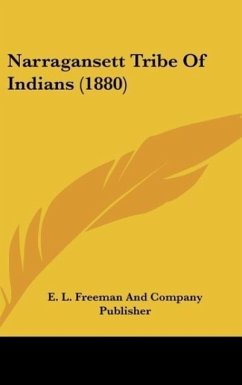Gerald Vizenor gives life to traditional tribal stories by presenting them in a new perspective: he challenges the idyllic perception of rural life, offering in its stead an unusual vision of survival in the cities - the sanctuaries for humans and animals. It is a tribal vision, a quest for liberation from forces that would deny the full realization of human possibilities. In this modern world his characters insist upon survival through an imaginative affirmation of the self. In "Dead Voices" Vizenor, using tales drawn from traditional tribal stories, illuminates the centuries of conflict between American Indians and Europeans, or "wordies." Bagese, a tribal woman transformed into a bear, has discovered a new urban world, and in a cycle of tales she describes this world from the perspective of animals - fleas, squirrels, mantis, crows, beavers, and finally Trickster, Vizenor's central and unifying figure. The stories reveal unpleasant aspects of the dominant culture and American Indian culture such as the fur trade, the educational system, tribal gambling, reservation life, and in each the animals, who represent crossbloods, connect with their tribal traditions, often in comic fashion. As in his other fiction, Vizenor upsets our ideas of what fiction should be. His plot is fantastic; his story line is a roller-coaster ride requiring that we accept the idea of transformation, a key element in all his work. Unlike other Indian novelists, who use the novel as a means of cultural recovery, Vizenor finds the crossblood a cause for celebration.
Hinweis: Dieser Artikel kann nur an eine deutsche Lieferadresse ausgeliefert werden.
Hinweis: Dieser Artikel kann nur an eine deutsche Lieferadresse ausgeliefert werden.

